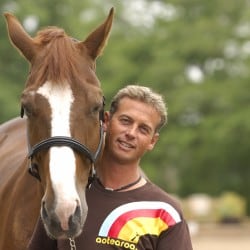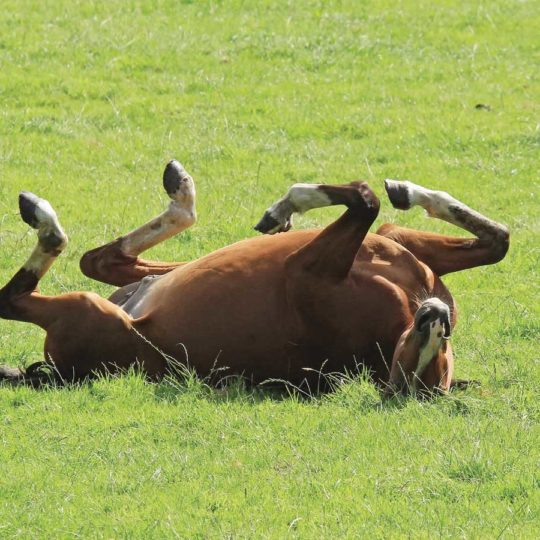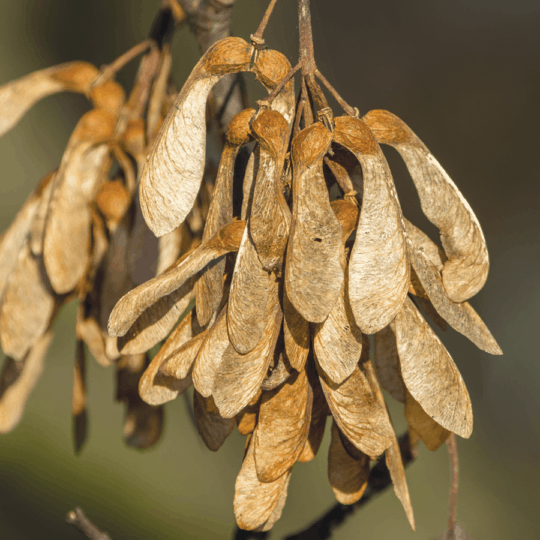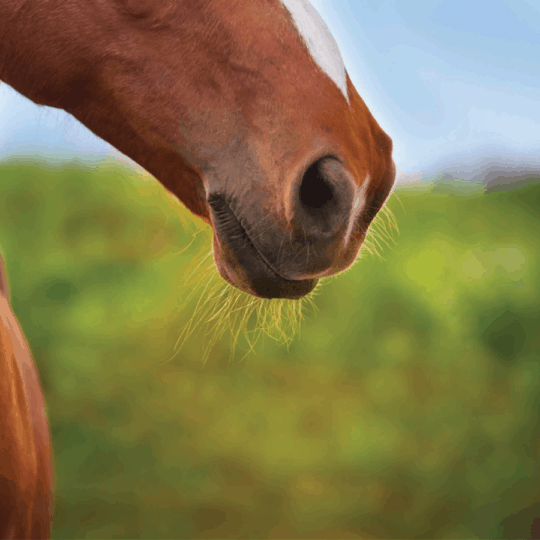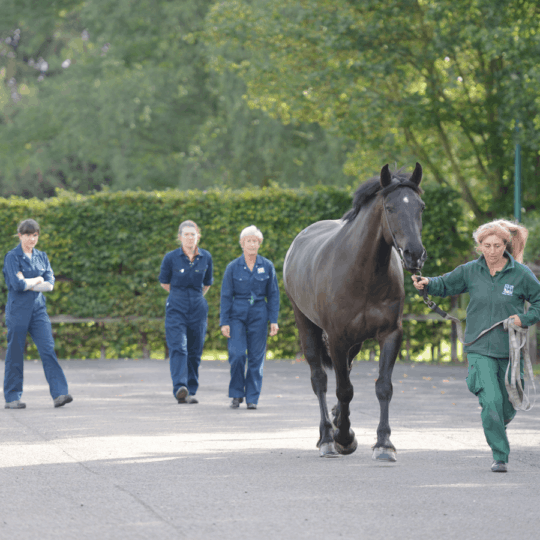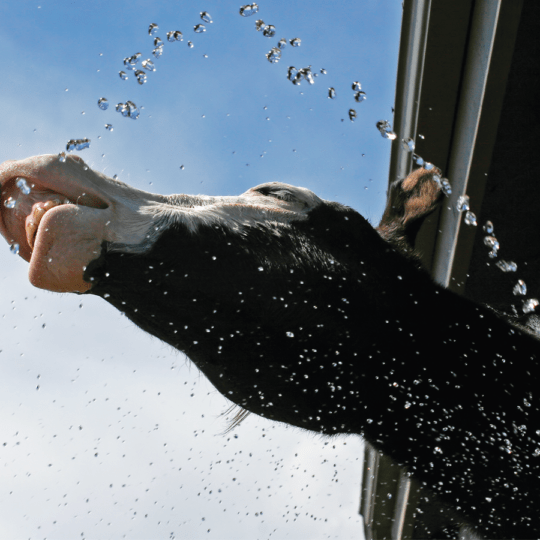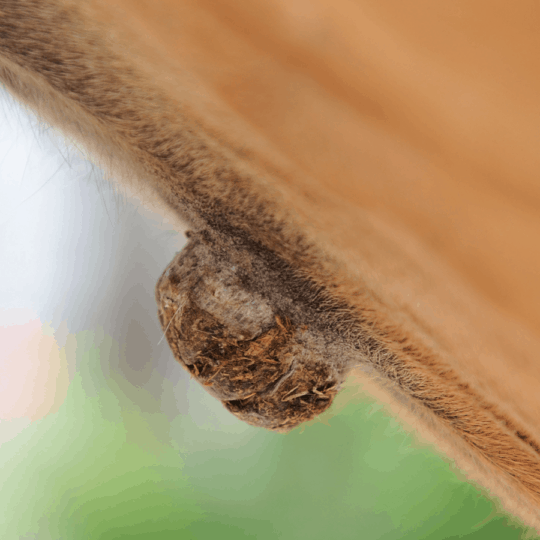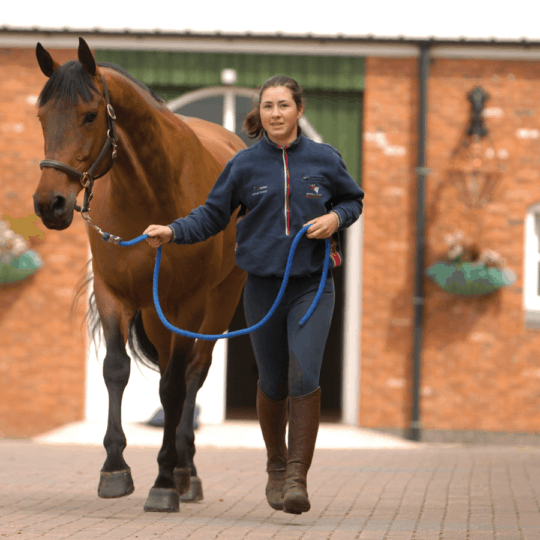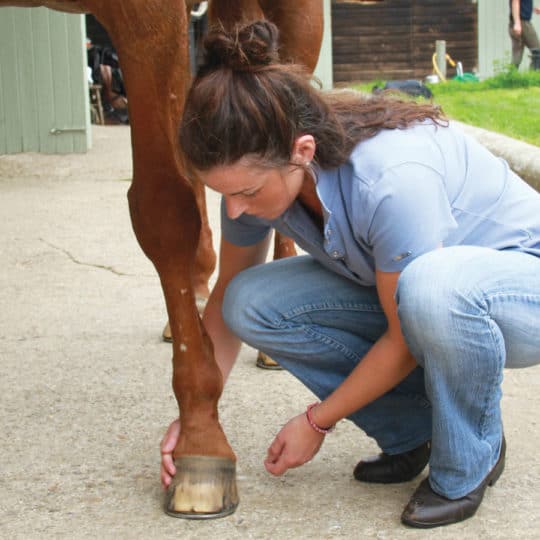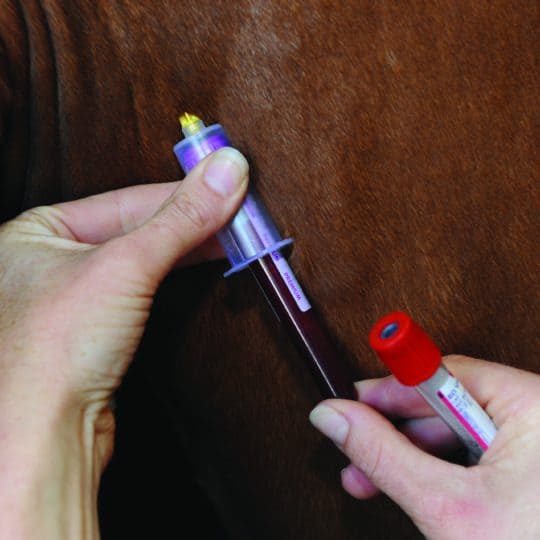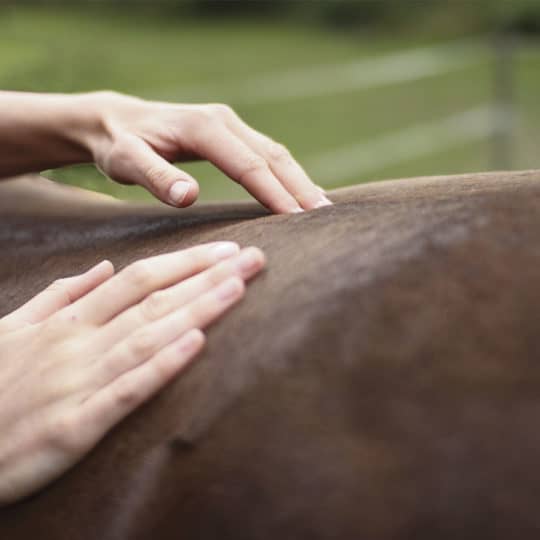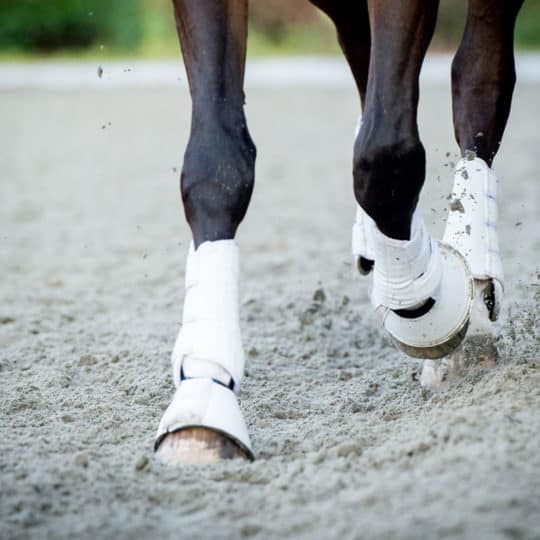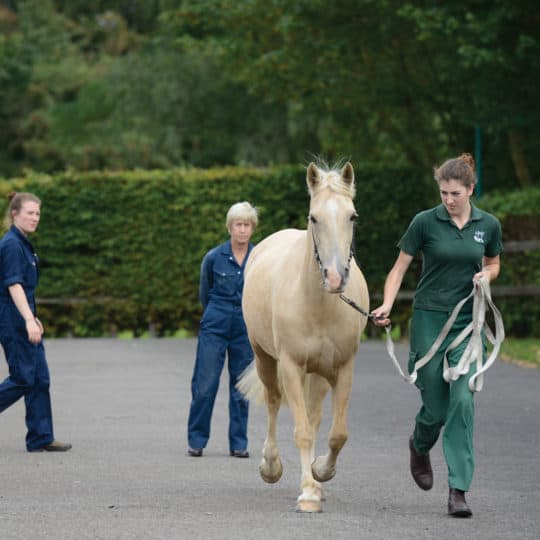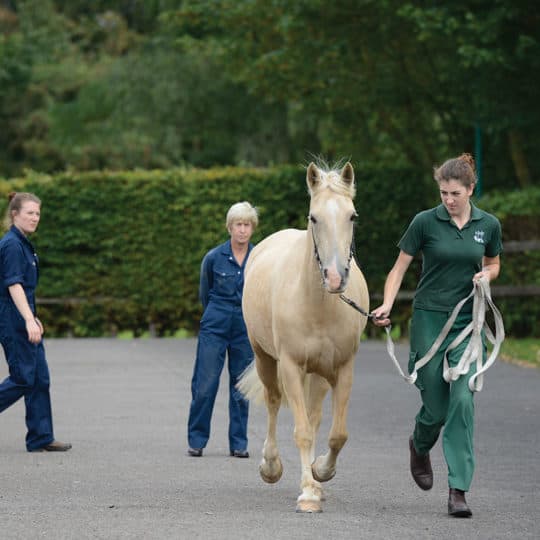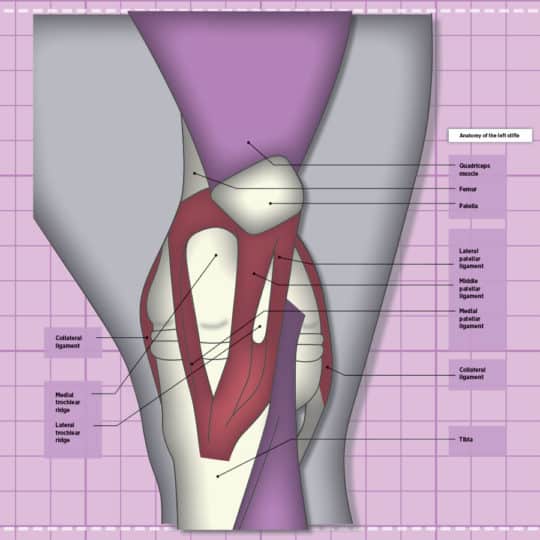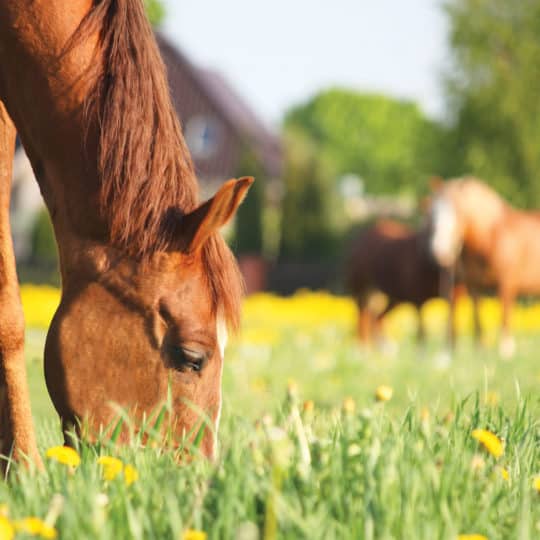Colic
Colic can affect any horse at any time and it can be life-threatening. Vet Imogen Burrows, from Cliffe Equine Clinic, explains what signs to look for and what to do when it strikes Read Article
Atypical myopathy
When atypical myopathy strikes, the consequences are usually devastating. Dr Richard Newton, from the Animal Health Trust, explains how you can protect your horse against this deadly disease Read Article
Your horse’s respiratory system
Your horse’s respiratory system is a complex, delicate piece of equipment that’s vital for his survival, as vet Jamie Prutton, from Liphook Equine Hospital, explains Read Article
Suspensory injuries
Suspensory injuries are notoriously difficult to heal successfully, but there could be a new treatment on the horizon, as vet Dr Sue Dyson from the Animal Health Trust explains Read Article
Equine dehydration
Did you know your horse could become dehydrated after just an hour’s work? Nutritionist Kate Hore explains what to look for and how best to keep him hydrated Read Article
Equine cancer
The word no one ever wants to hear, but there’s new hope for horses facing a cancer diagnosis. Vet Anna Hollis from the Animal Health Trust explains what to look for and the lifesaving treatments available Read Article
Managing arthritis
It strikes fear into the hearts of horse owners, but does arthritis have to be career-ending and what options do you have if your horse is diagnosed? Read Article
Sidebone
Sidebone is a common problem and many owners don’t even know their horse has it. Vet David Rutherford, from Fellowes Farm Equine Clinic, explains Read Article
What a blood test can tell you
A blood test can provide your vet with a lot of information about your horse’s health, but the results can be confusing to understand. Vet Anna Hollis, from the AHT, tells us more about what these tests look for Read Article
Kissing spines – too close for comfort
Kissing spines has a reputation for causing severe back pain. But for many horses diagnosed with this condition it isn’t necessarily bad news, as vet Laura Quiney, from the Animal Health Trust, explains. Read Article
Throwing a splint – is it a problem?
On any yard, it’s likely at least one horse will have a splint. But just how serious are they and is there anything we can do to prevent them? Vet Rachel Read from Rossdales Veterinary Surgeons has the low-down. Read Article
How to spot lameness
Would you know how to spot lameness? It’s not always as obvious as noticing a limp, as vet Annamaria Nagy from the Animal Health Trust explains Read Article
Autumn laminitis
Laminitis is usually associated with a flush of new spring grass, but mild, wet autumn weather can also spell trouble for your horse. Horse&Rider explains what you can do to minimise the risk Read Article
How to recognise ringworm
Ringworm is the most common fungal skin infection in horses. Vet Poppy Mitchell, from Wensum Valley Vets, explains how to recognise and deal with the problem swiftly to prevent it spreading Read Article
Check your horse’s vital signs
Checking your horse’s vital signs regularly will help you establish a benchmark for monitoring his health. Use our handy guide to keep a record Read Article
Coping with Cushing’s
Cushing’s disease, or PPID, is being diagnosed in more and more horses, but what can you do to manage the condition and keep your horse happy and healthy? Vet Becky Lees explains Read Article
Laminitis – everything you need to know
The word laminitis strikes fear into any horse owner who’s experienced it, but did you realise your horse could be as at risk as any other? Danica Pollard from the Animal Health Trust explains why and what you can do to prevent it Read Article
How to spot lameness
Would you know if your horse was lame? It’s not always as obvious as noticing a limp, as vet Annamaria Nagy from the Animal Health Trust explains how to spot lameness Read Article
Inside your horse’s stifle
How much do you know about the largest joint in your horse’s body? Vet Annamaria Nagy, from the Animal Health Trust, takes a close look at the stifle Read Article
How to put a stop to strangles
Strangles is the disease every horse owner dreads. Vet Roly Owers from World Horse Welfare explains what it is and how you can prevent it spreading Read Article

